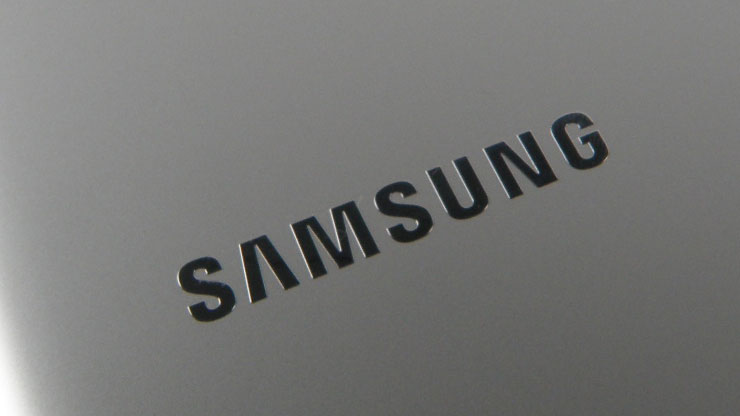Does Samsung also want to bring the internet to all corners of the globe?
Plan uses low-earth orbit satellites

Samsung is on the verge of joining Google, Facebook and others in the race to bring the internet to the most remote places on the planet.
First reported by The Register, a proposal by Samsung R&D head Farooq Khan explains that low-Earth orbit (LEO) micro satellites orbiting at an altitude of around 2,000km would bring internet access to far-flung corners of the earth.
Khan's plan would see a whopping 4,600 satellites deployed and they would be able to handle traffic up to a zettabyte a month or 200GB for all of the five billion users that Khan wants to connect to the internet.
All that usage means that the sub-3GHz frequency bands common among mobile internet services wouldn't cope and Khan's solution is that the micro satellites would use millimetre-wave spectrum over 100GHz.
Too late to catch Google and Facebook?
The system of LEO satellites, which don't hold a single position, would also need to use phased array antennas to allow multiple beams to be formed between satellites for space-to-ground communication and satellite-to-satellite signals. The frequencies mentioned by Khan would provide enough spectrum to separate both these types of links and as such wouldn't need electronics to be included to avoid interference.
Khan's plan isn't expected to come to fruition until at least 2028 and could be completely dwarfed by Google and Facebook who already have balloons in the air beaming internet to remote places in the southern hemisphere.
Sign up to the TechRadar Pro newsletter to get all the top news, opinion, features and guidance your business needs to succeed!